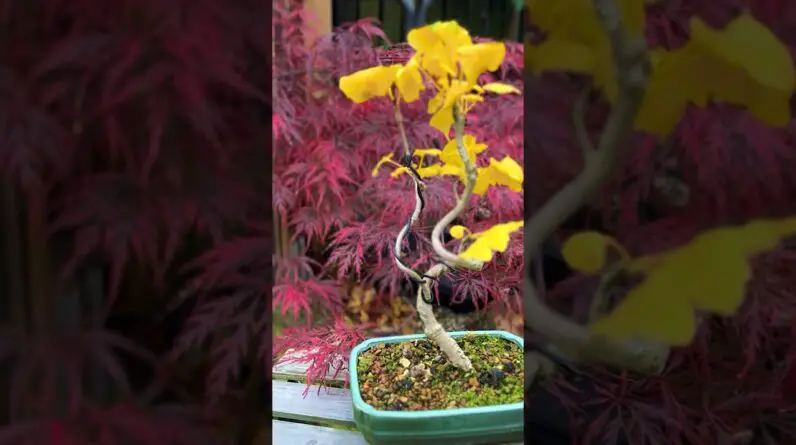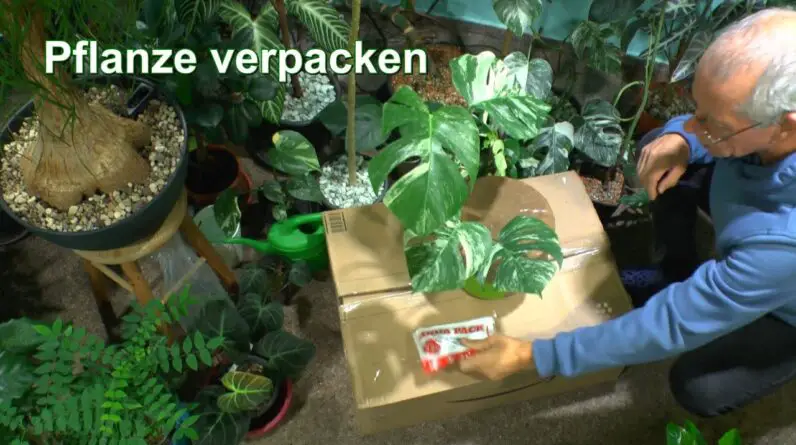Scots Pines are a common sight in many parts of the world. These majestic trees can grow up to 100 feet, with needle-like leaves that give them a distinctive appearance. Working on a Scots Pine can be a rewarding experience for anyone who loves nature and woodwork. Whether you’re a seasoned woodworker or just starting out, this tree presents a unique set of challenges and opportunities. In this blog post, we’ll take a closer look at what it takes to work on a Scots Pine and share some tips and tricks to help you get the most out of this remarkable wood.
Bonsai is an ancient Japanese art of growing miniature trees in pots. It requires patience, skill, and a deep understanding of horticulture. Bonsai trees come in different styles based on the type of trunk, shape, and the foliage of the tree. One of the most intricate styles is the literati style. In this style, the tree’s trunk and branches are sparse, giving it a unique and artistic look. In this article, we will be discussing the process of working on a Scots Pine in the literati style.
Working on a Scots Pine:
The video shows a bonsai expert working on a Scots Pine. The expert is shown making decisions quickly and precisely, which comes with experience. The expert emphasizes that the process of creating a bonsai is like an evolving design process that needs patience and dedication. The expert shares some key insights on creating a literati style bonsai.
Choosing the branches:
To create a literati style bonsai, the expert chooses the branches to remove carefully. In this style, the branches should be sparse and thin, giving the tree an elegant and classic look. The goal is to create a tree that looks as if it has survived the harsh weather and has been seasoned over many years.
Wiring the branches:
Once the expert has chosen the branches to remove, they begin wiring the remaining branches into the desired shape. This requires skill and precision as the wiring must be tight enough to hold the branches in place, but not too tight that it damages the tree.
Emphasizing patience:
Throughout the video, the expert emphasizes the importance of patience. Bonsai trees require a lot of care and attention, and the tree’s design process should evolve naturally. Rushing the process can lead to mistakes and, in some cases, can damage the tree. The expert reminds viewers to water their trees and wash off wires during the summer growing period.
The final result:
After hours of loving care and attention, the final result is an elegant and classic literati style bonsai. The tree’s sparse branches and thin trunks give it a unique and artistic look that’s perfect for any bonsai lover’s collection. The expert keeps all the removed branches in case the customer wants to see them.
Selling bonsai trees and tools:
Aside from working on bonsai trees, the expert also sells bonsai trees, both indoor and outdoor, as well as bonsai tools, on their website. This makes it easier for aspiring bonsai enthusiasts to get all the equipment they need to start growing their bonsai trees.
Teaming up with a clothing brand:
The expert has also teamed up with a clothing brand and is selling branded T-shirts. This is an excellent way to promote the art of bonsai and reach a broader audience that may not be interested in growing bonsai trees but is interested in unique and artistic designs.
FAQs:
- How long does it take to create a literati style bonsai?
Ans. It can take several years to create a literati style bonsai as it requires careful pruning, wiring, and attention to detail. - Can any tree be turned into a bonsai?
Ans. No, not all trees can be turned into bonsai. Only certain types of trees with small leaves and compact growth can be turned into bonsai. - What are the key tools needed to grow bonsai?
Ans. The key tools needed to grow bonsai include pruning shears, concave cutters, wire cutters, bonsai wire, and a bonsai pot. - How often should I water my bonsai tree?
Ans. The watering frequency of a bonsai tree depends on various factors such as the size of the tree, the type of soil used, and the growing conditions. However, as a general rule, bonsai trees should be watered when the topsoil is dry. - Can a bonsai tree survive indoors?
Ans. Yes, some types of bonsai trees can survive indoors. However, they require proper light, temperature, and care to survive and thrive.








